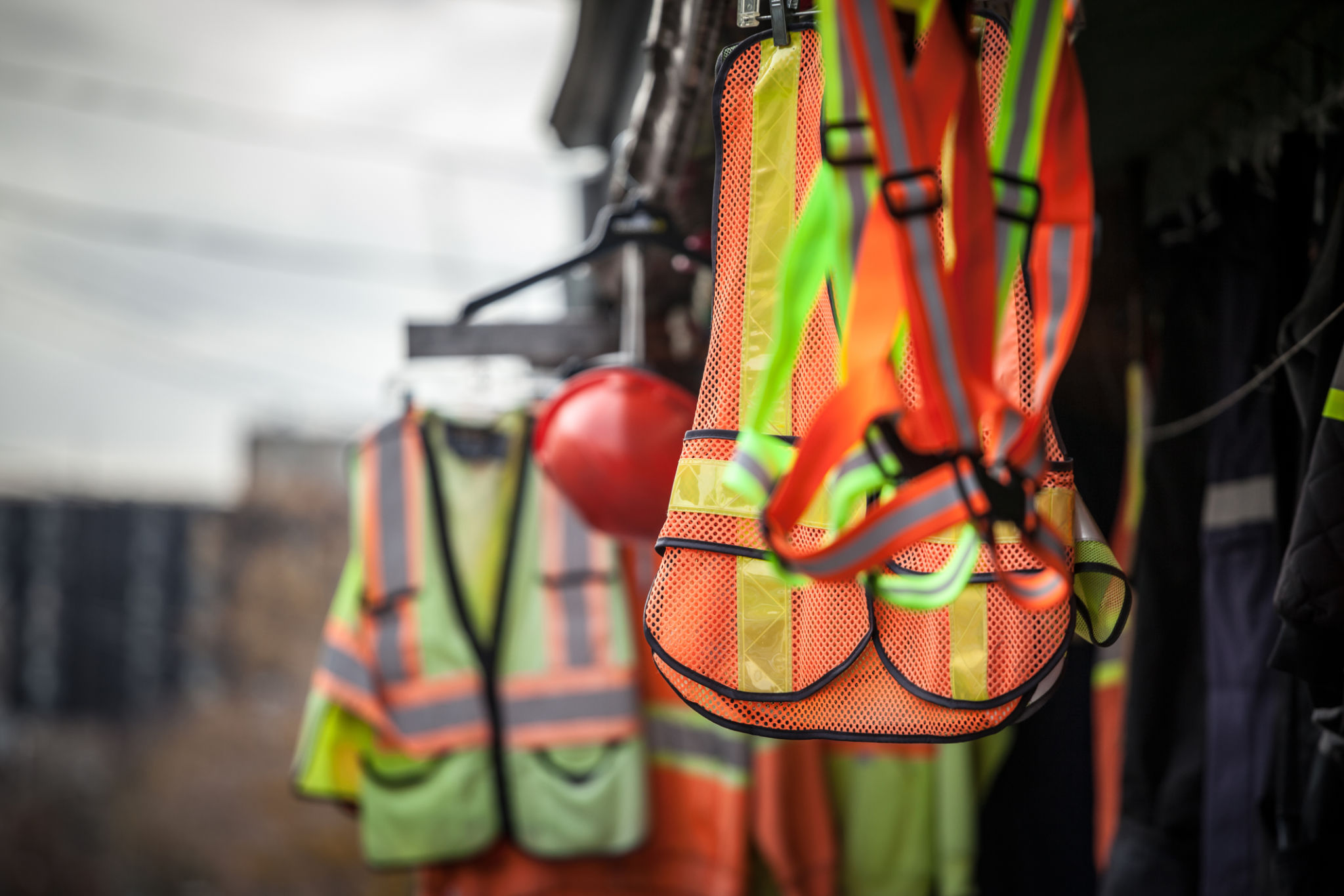Expert Insights: Choosing the Right Scaffolding for Industrial Projects
Understanding Scaffolding Needs for Industrial Projects
Choosing the right scaffolding for industrial projects is crucial for ensuring both safety and efficiency. Scaffolding acts as a temporary framework that supports workers and materials during construction, maintenance, or repair of buildings and other structures. With numerous options available, selecting the appropriate scaffolding can be a daunting task. This guide provides expert insights into making informed decisions when it comes to scaffolding for industrial applications.

Types of Scaffolding
There are several types of scaffolding that cater to different industrial needs. Understanding these varieties is the first step in making an informed choice. The most common types include:
- Supported Scaffolding: This is the most frequently used type, consisting of platforms supported by poles and frames. It’s ideal for projects that require workers to operate at various heights.
- Suspended Scaffolding: Used for tasks like painting or cleaning high-rise buildings, this type hangs from the top of a structure using ropes or cables.
- Rolling Scaffolding: Equipped with wheels, rolling scaffolding is perfect for projects that require mobility across different areas quickly.
Key Considerations in Scaffolding Selection
When selecting scaffolding, several factors should be considered to ensure it meets the specific needs of your project. These include:
- Load Capacity: It’s crucial to choose scaffolding that can support the weight of both workers and materials.
- Height Requirements: Determine the height requirements of your project to select scaffolding that provides adequate reach and stability.
- Environmental Conditions: Consider weather conditions and the surrounding environment, which may affect the choice of materials used for scaffolding.

The Importance of Safety Standards
An essential aspect of choosing the right scaffolding is adhering to safety standards. Compliance with industry regulations ensures that the scaffolding system is safe for use, minimizing the risks of accidents and injuries. Regular inspections and maintenance are also critical components of a safe scaffolding system.
Working with Professionals
For industrial projects, it’s often beneficial to work with professional scaffolding providers. These experts can offer guidance on the best scaffolding solutions tailored to your project’s requirements. They ensure that the scaffolding is correctly assembled and meets all safety standards.

Cost vs. Quality
While it might be tempting to opt for cheaper scaffolding options, quality should never be compromised. Investing in durable and reliable scaffolding not only enhances safety but can also be more cost-effective in the long run by reducing potential downtime caused by accidents or repairs.
Conclusion
Selecting the right scaffolding for industrial projects involves careful consideration of various factors such as type, load capacity, and compliance with safety standards. By understanding these elements, project managers can make informed decisions that prioritize both efficiency and safety. Partnering with professional scaffolding providers further ensures that your industrial project is supported by reliable and high-quality scaffolding solutions.
